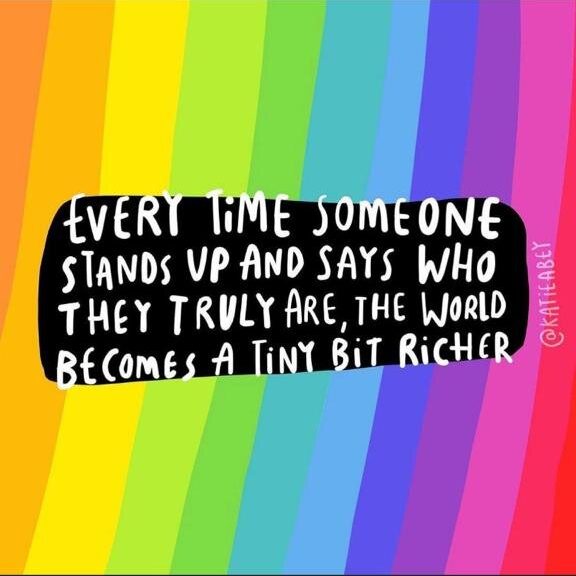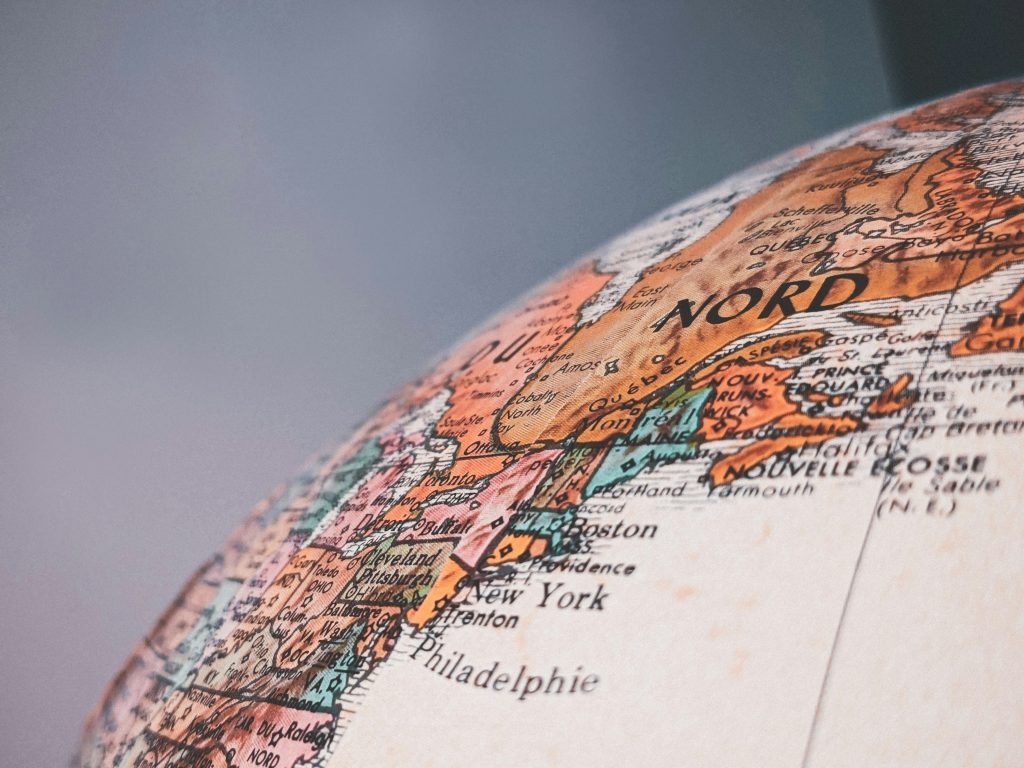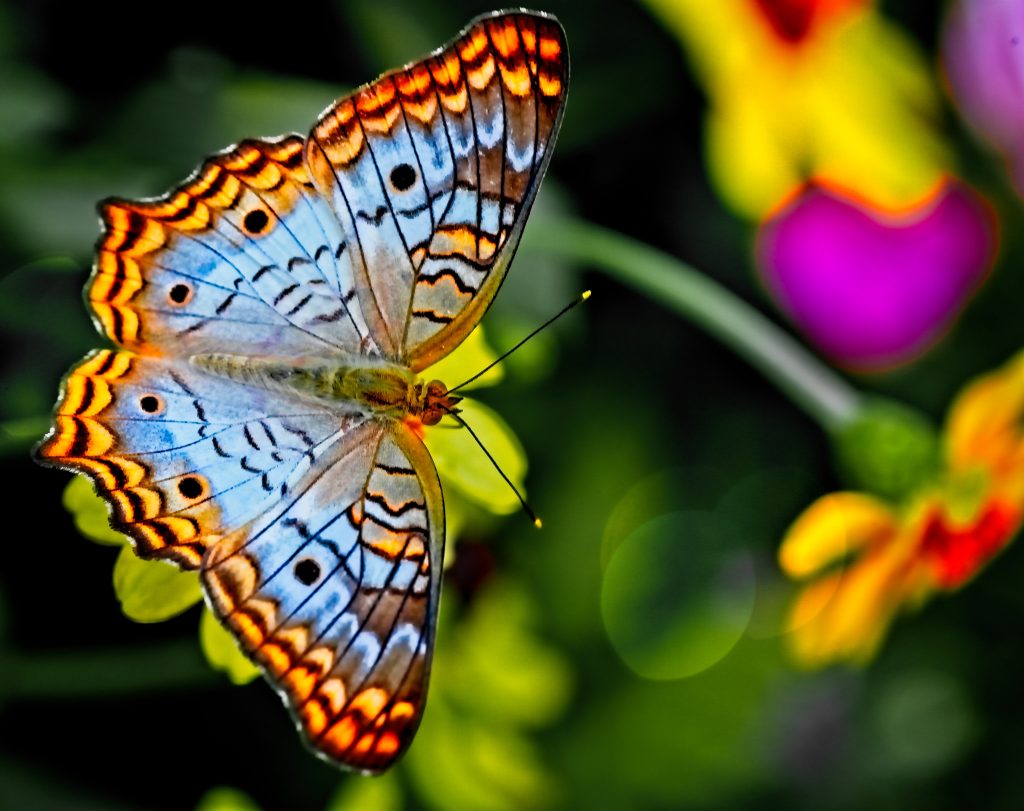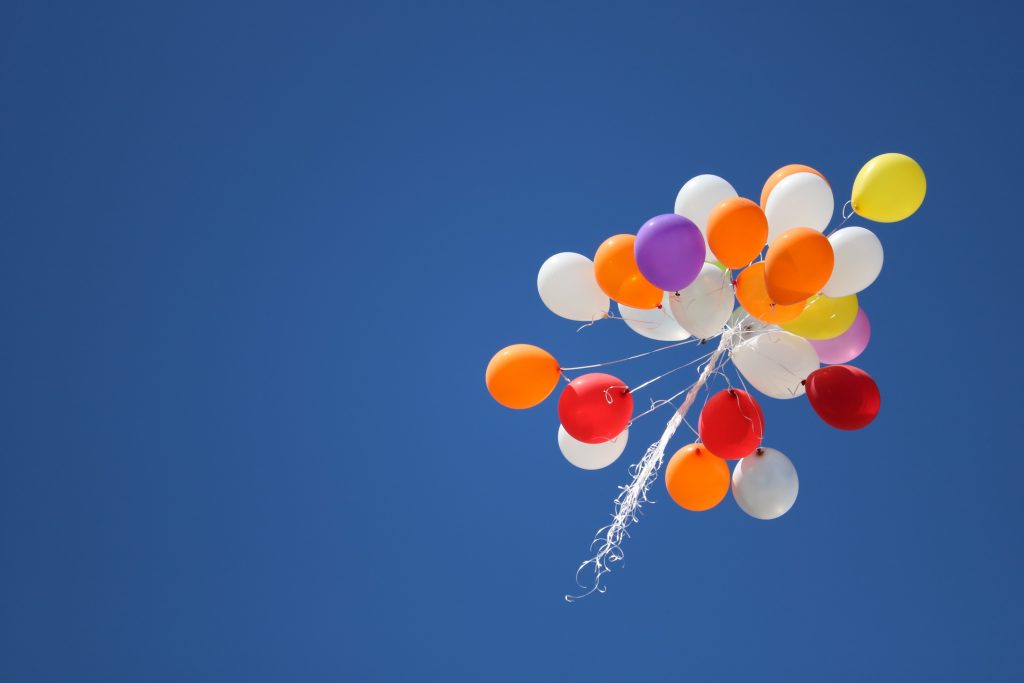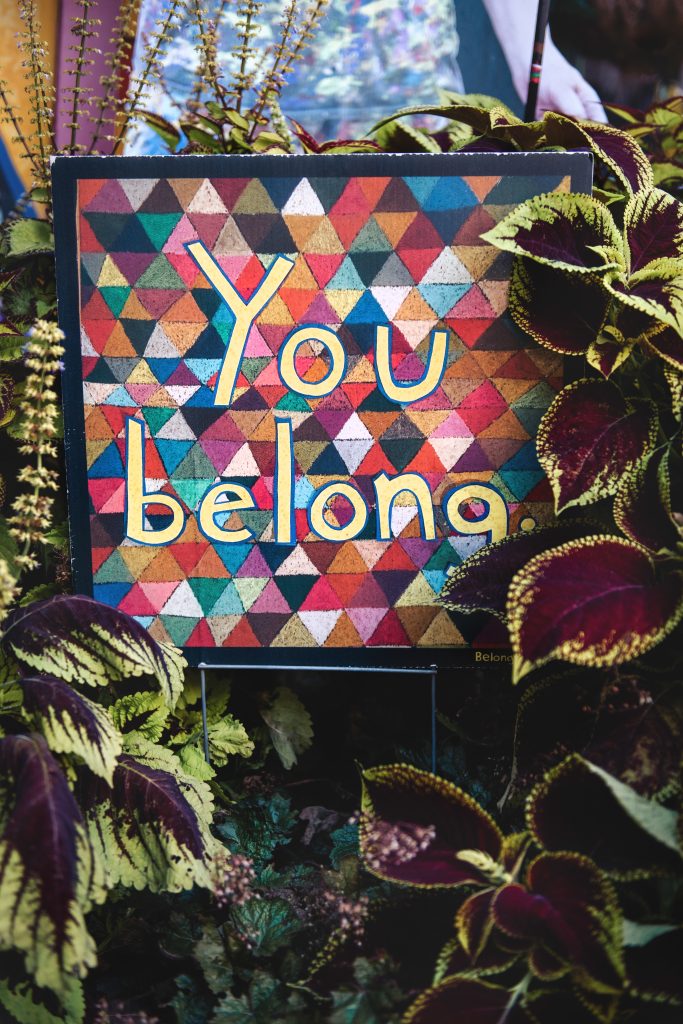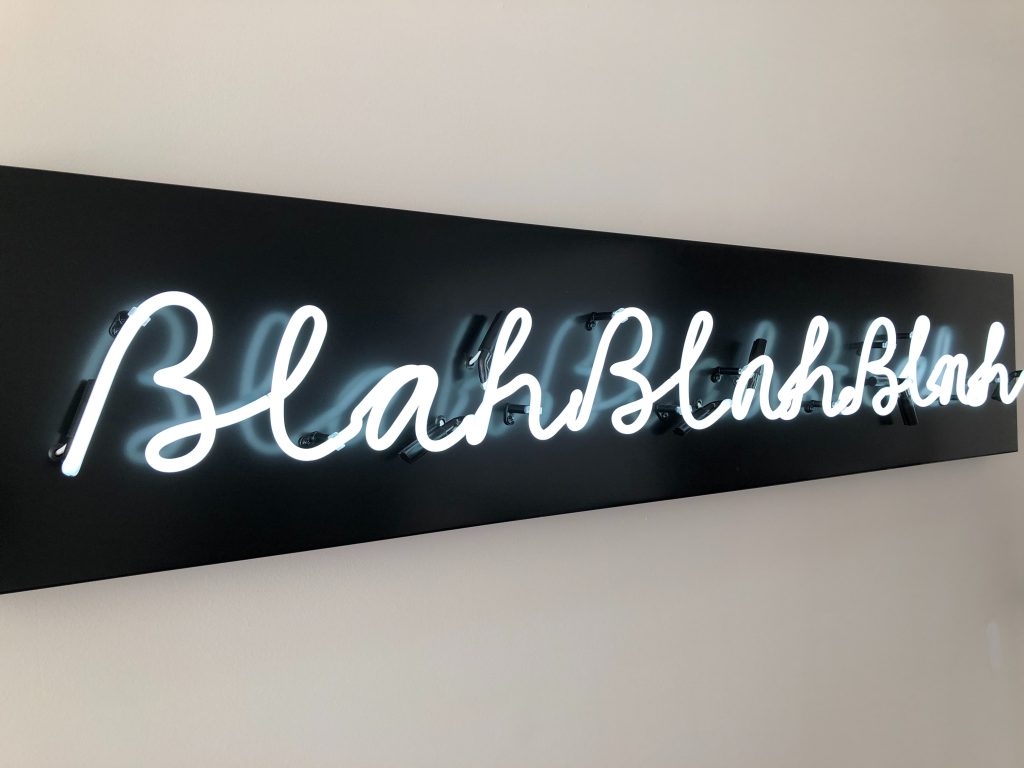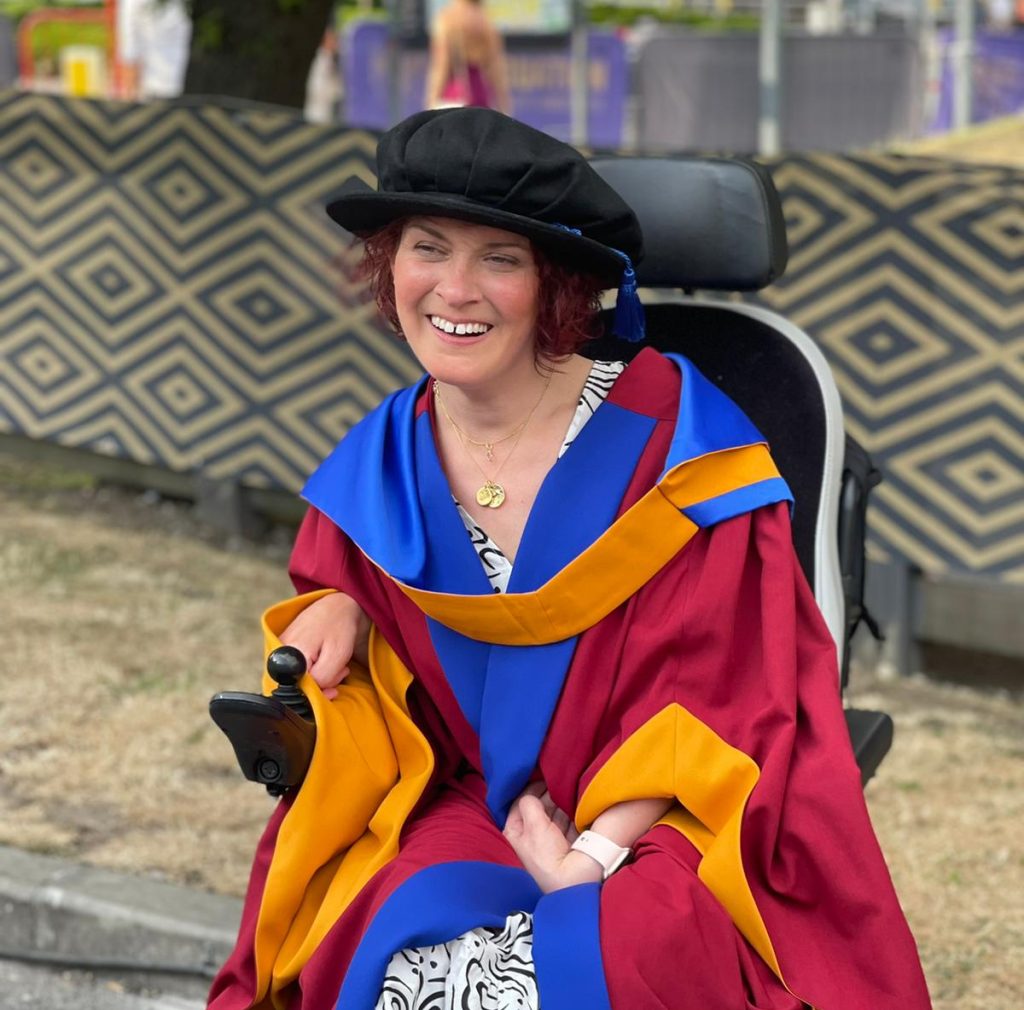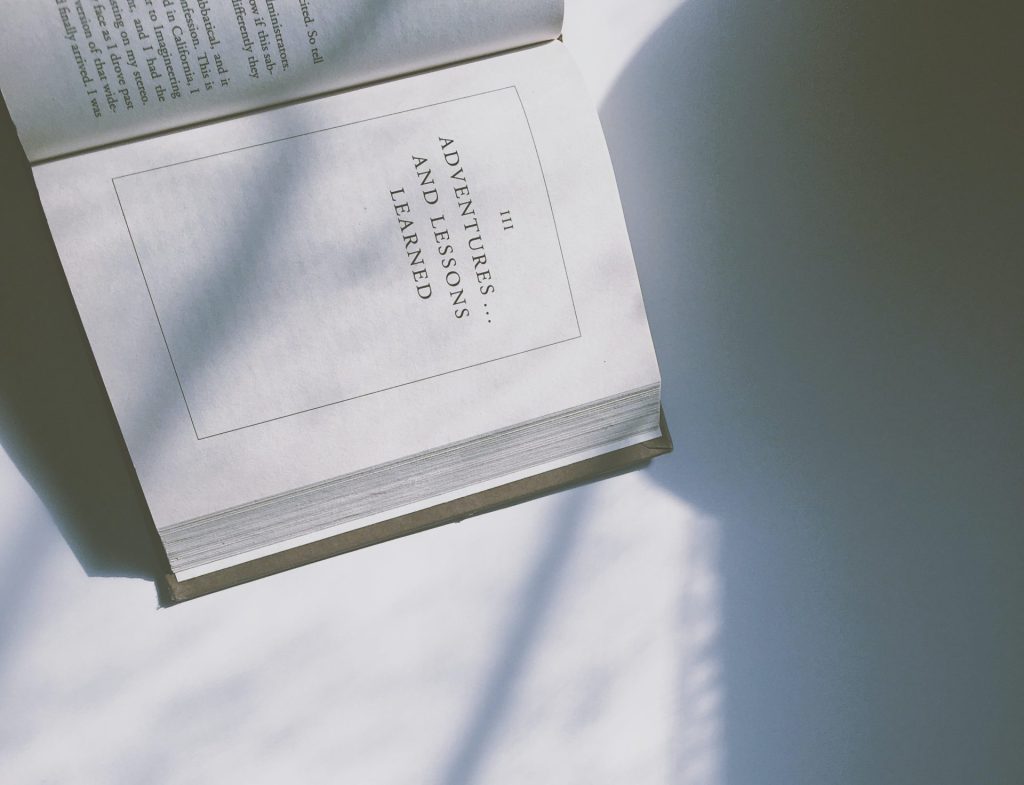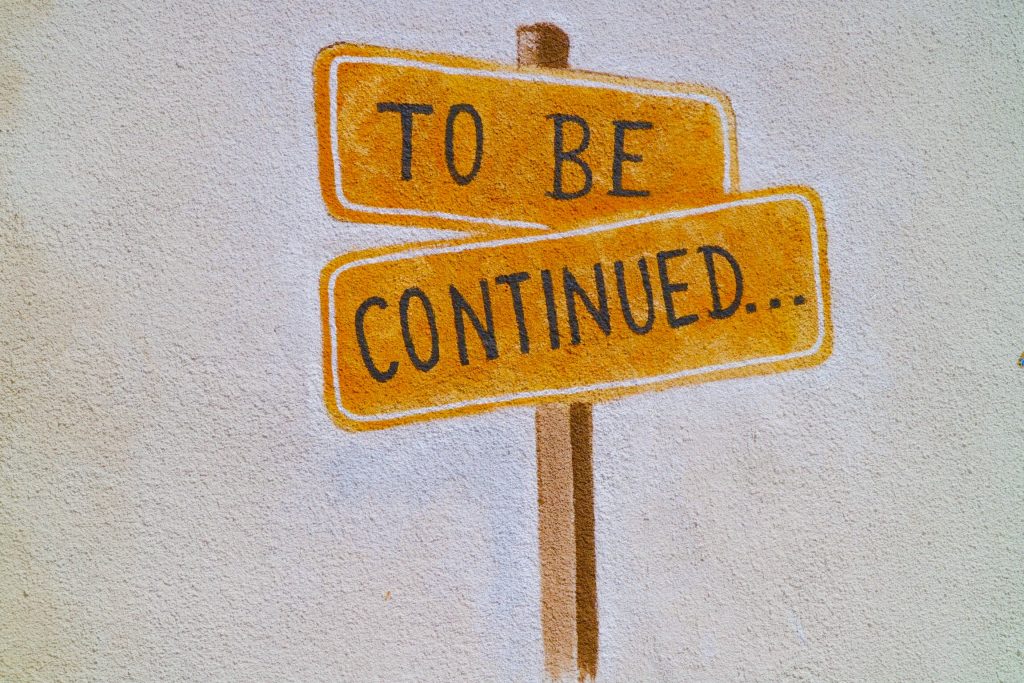July marks Disability Pride Month. Disability Pride celebrates disabled people’s individualities, unique lived experiences and the contributions that we as disabled people make to society. It aims to celebrate disability culture in a positive way and create visibility and mainstream awareness of the positive pride felt by people with disabilities.
In 1990 the first Disability Pride Day was held in Boston and in 2004 the first Disability Pride Parade took place in Chicago. Today Disability Pride Parades are held internationally in cities such as San Antonio, Madison, Los Angeles, New York and Brighton. In its celebration of disability and diversity, Disability Pride very much resonates with my work to explore, challenge and change perceptions of disability. I am keen to encourage people to embrace the unique identities and differences of individuals from all sectors of the community.
A key part of my work is in promoting the Affirmative model of disability. This model was proposed as “a non-tragic view of disability and impairment which encompasses positive social identities, both individual and collective for disabled people, grounded in the benefits of a lifestyle of being impaired and disabled” (Swain & French, 2000, p.569).
I am keen to work with the Affirmative model because it has many synergies with the philosophy of We Are All Disabled as it addresses the meaning of ‘disability’, as well as disabled people validating themselves and their identities.
The idea behind We Are All Disabled is that everyone has something that potentially affects their ability to fully participate in society and therefore to classify people as being either disabled or non-disabled is potentially unrealistic and limiting. Of course, it is necessary to classify disability in certain situations for practical reasons, such as access to benefits etc, although this can also be problematic.
We must also remember that disabled people have significantly been impacted by the Covid Pandemic in ways that non disabled people haven’t, in terms of medical treatment, access to health and social care and benefits.
Through working collaboratively I hope to use the Affirmative model to bridge the ‘Disability Divide’, i.e. the divide between being disabled and being non-disabled’ (2000, p.569). The ‘Disability Divide’ is based on perceptions of disability, in terms of the meaning it has in people’s lives and social identity. Perceptions and the experiences of disability vary considerably as people experience disability in so many different ways. For example, some people become disabled in later life even though they might have constructed understandings and lifestyles as non-disabled people. They however agree that there is a divide in perceptions which is related to a divide in experiences of being disabled or non-disabled (Swain & French, 2000).
Also the division between the two groups cannot be sustained on the basis that one is oppressed while the other is not. Therefore just like disabled people, non-disabled people can also be oppressed through racism, poverty, sexism and sexual preference (Swain & French,2000)
I want to use my lived experiences of being disabled person to lead We Are All Disabled and work with others to create a global movement to explore, challenge and change perceptions of disability, with the ultimate aim of closing the divide.
If we can come together to embrace our unique strengths and identities we can learn to celebrate our differences and all begin to feel Pride in who we are.
Reference: Swain, J. & French, S. (2000) Towards an Affirmation Model of Disability. Disability & Society [Online], 15 (4) June, pp. 569–582. Available from:
Photo credit: Katie Abey Design @katieabey
